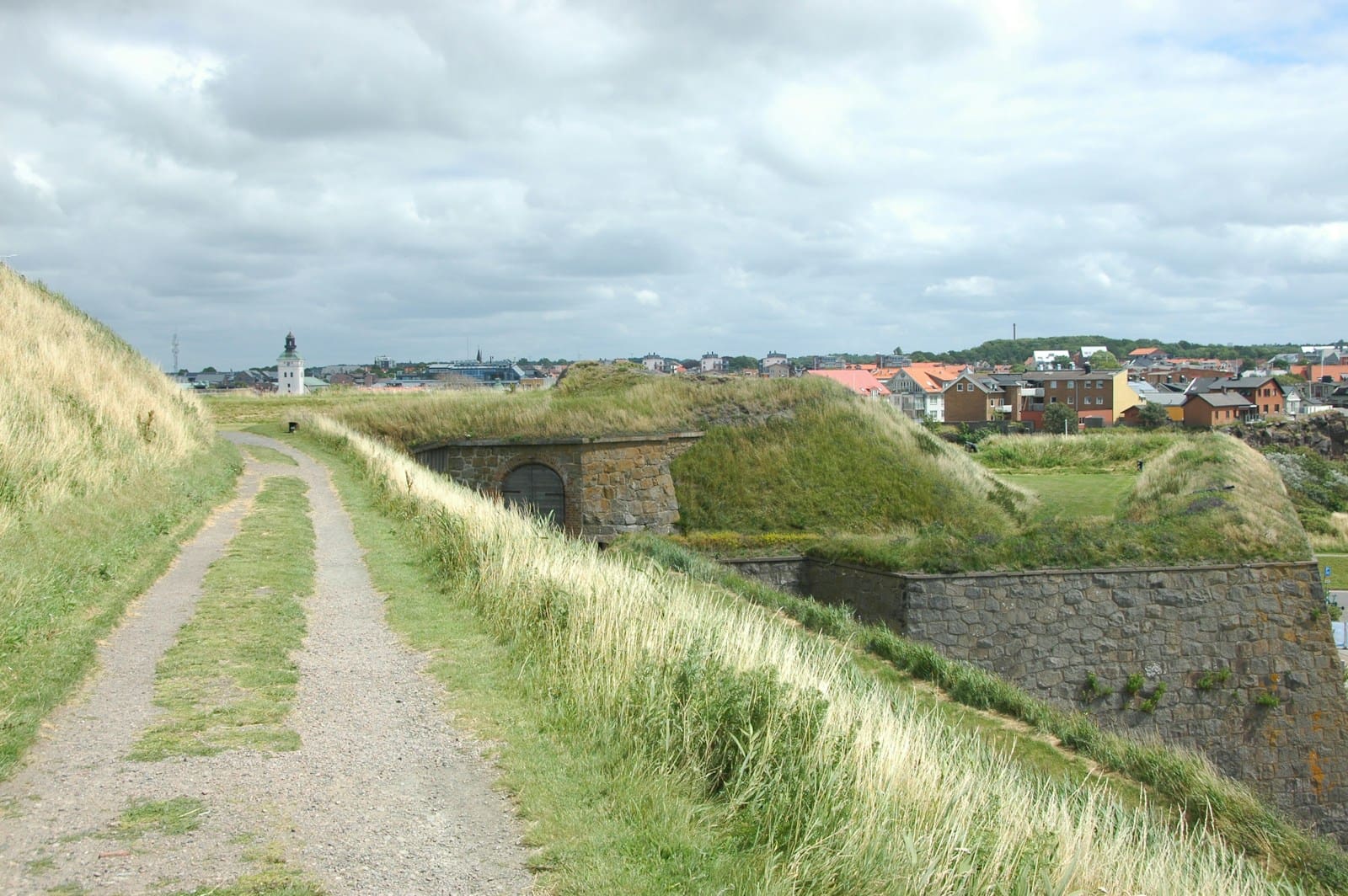The Arrival of the Danes
Sometime in the 9th century AD, long after the Romans had left Britain, ships carrying Danish settlers arrived on the shores of the Humber estuary. Among them were traders, farmers, and fishermen — people who lived by the rhythm of the sea and followed the tides to new lands. They found a natural haven where The Haven met the River Humber, a sheltered inlet rich in fish and perfectly placed for trade and defense.
Here, they established a small coastal settlement that would later become Grimsby — a town whose name still carries the echo of those first Norse settlers.
The Legend of Grim the Fisherman
Local folklore tells a story that’s become part of Grimsby’s soul. According to legend, the town was founded by a Danish fisherman named Grim. He was said to be a humble yet brave seafarer who fled Denmark to escape persecution or danger. Some versions say he rescued a young prince named Havelock, the rightful heir to the Danish throne, and brought him to safety across the North Sea.
Grim supposedly built a small settlement along the coast — a cluster of wooden huts and moored boats — and named it Grim’s by, meaning “Grim’s village.”
Over time, the story grew into a full medieval romance known as the “Lay of Havelock the Dane.” It told of loyalty, courage, and destiny, painting Grim as both a protector and a founder — the kind of hero who bridges myth and memory.
The Meaning of the Name
The name Grimsby itself preserves that Viking heritage. The suffix “-by” comes from the Old Norse word býr, meaning village or settlement. You can still see it in modern Scandinavian languages — by in Danish, Norwegian, and Swedish all mean “town.”
In the Viking Age, this naming pattern spread across the parts of England that fell under Danelaw — the region of northern and eastern England controlled by Danish settlers. Other towns with the same suffix include Derby, Whitby, Selby, and Rugby. Together, they mark the paths of Norse expansion and settlement across the country.
So, linguistically and historically, Grimsby really does mean “Grim’s Village.” Whether Grim himself was a real person or a legendary figure, the name speaks to a time when Norse sailors left their imprint not just in stone and story, but in the very map of England.
The Lay of Havelock the Dane
The “Lay of Havelock the Dane”, written centuries later in Middle English, turned Grim’s legend into an epic tale of heroism and destiny. In it, Grim is portrayed as a loyal servant who saves the infant Havelock from murder and raises him as his own son in England.
Havelock grows up strong and noble, eventually reclaiming his birthright in Denmark — and in gratitude, he rewards the fisherman who saved him. In some versions of the story, Grim’s family becomes the founders of Grimsby, forever tying the town’s identity to themes of bravery, humility, and hope.
While historians regard the tale as myth, it remains a cornerstone of local identity — part fairy tale, part founding myth, and entirely woven into Grimsby’s cultural fabric.
Fact Behind the Folklore
Though the romantic story of Grim and Havelock may be more legend than history, archaeological and linguistic evidence confirms that Grimsby truly was a Viking settlement. Artifacts and place-name studies align with the patterns of Danish colonization that spread throughout Lincolnshire and Yorkshire during the 800s.
Grimsby’s coastal position made it an ideal landing and trading site for the Danes, who relied on waterways for movement and commerce. The Humber connected them to inland settlements, while the North Sea opened routes to Denmark, Norway, and beyond.
The Vikings who settled here weren’t raiders but settlers — fishermen, craftsmen, and traders building lives far from home. Their legacy survives not just in legend but in the everyday language, culture, and geography of the town.
A Town Born from the Sea
From those early Danish roots, Grimsby grew naturally as a fishing community. The skills of the Norse settlers — boatbuilding, navigation, and preservation — set the foundation for a maritime tradition that would define the town for centuries.
Even today, the sea remains Grimsby’s lifeblood. The dockyards, fishing heritage, and the resilient character of its people all trace their lineage back to that first settlement — back to Grim’s by, the village of a fisherman who may never have lived, but whose name and spirit shaped an entire place.
Myth and Memory Intertwined
Whether Grim was a flesh-and-blood Viking or a creation of medieval imagination, his legend captures something essential about Grimsby’s identity. The story of a fisherman who built a new life on foreign shores reflects the courage and adaptability that have always defined the town.
Historians may call the tale a myth, but myths often hold truths that facts cannot measure. In Grim’s story, we see the values that built Grimsby: perseverance, faith in the sea, and the strength to start anew.
The Legacy of the Vikings in Modern Grimsby
Walk through Grimsby today, and you can still feel the Viking presence — not in ruins or relics, but in the rhythm of daily life. The town’s name, its maritime traditions, and even its straightforward, hardworking spirit all echo that Norse influence.
Each gust of wind off the Humber seems to carry a whisper from that distant past — the call of sailors who once crossed the North Sea, guided by the stars, searching for safety and sustenance.
And so, whether by history or by legend, Grimsby remains what it has always been: the village by the sea, born of fishermen, shaped by tides, and forever bound to the story of Grim.
